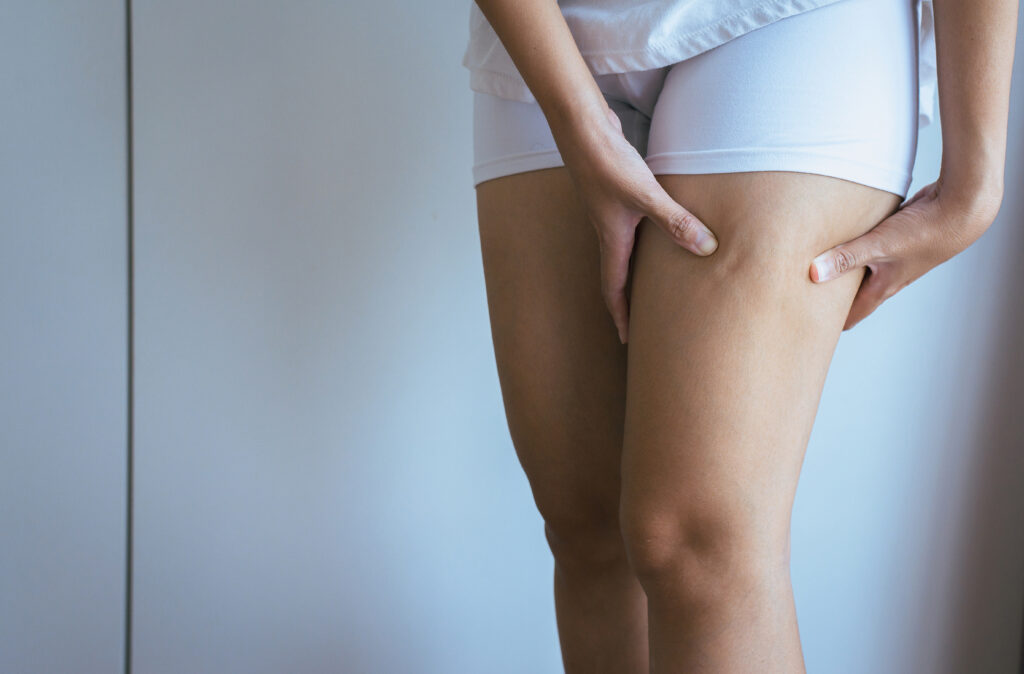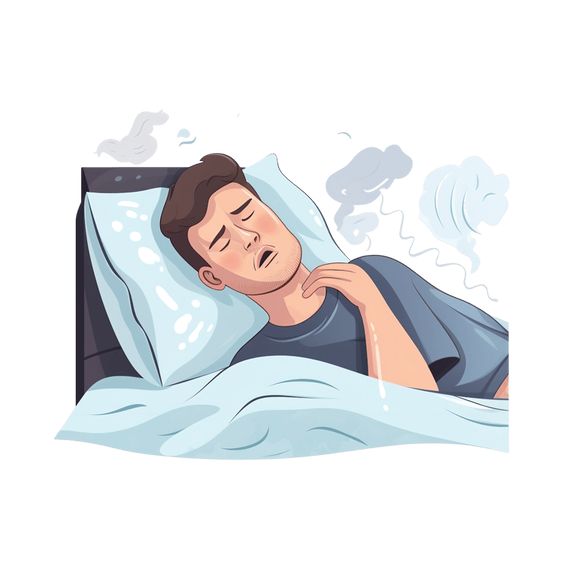
Cellulitis is a bacterial infection that impacts the deeper layers of tissue in the skin. This condition often springs up in the legs and feet, creating inflamed, reddened areas that are painful or hot to the touch. An estimated 14 million Americans are diagnosed with cellulitis yearly.
While cellulitis is not contagious, this infection can progress throughout the body when not treated. If you recognize the signs of cellulitis, a quick diagnosis can both relieve symptoms and prevent the infection from taking control of your overall health. What are the causes and risk factors for cellulitis? What are the symptoms? And how can early treatment be life-saving?
What Causes Cellulitis?
Cellulitis is commonly caused by bacteria, specifically staphylococcus (staph) and streptococcus (strep). This bacteria must pass through breakage in the skin to infect the tissue underneath and develop into cellulitis. Common sites of infection include:
- Cuts or injuries
- Eczema and other skin conditions
- Insect or animal bites
- Skin dryness/cracking
- Superficial burns
- Surgical wounds
Aside from skin damage, other risk factors may increase your chances of developing cellulitis. Immunosuppressant medications and chemotherapy decrease your body's ability to fight harmful bacteria, allowing infections like cellulitis to progress more easily.
Those recovering from surgery are also likely to experience cellulitis, as many experience a combination of surgical wounds and a lowered ability to defend against infections. Diabetes, old age, obesity, HIV/AIDS, and other chronic diseases all contribute to a weakened immune system, boosting your risk for cellulitis.
Symptoms of Cellulitis
Common cellulitis symptoms of the affected skin include:
- Skin inflammation
- Redness
- Tenderness or pain
- Heat under the skin
- Blisters
- Emergent rashes
- Changes in skin appearance
If the infection has moved throughout your body, you may experience other symptoms. These include:
- A high fever
- Exhaustion
- Chills
- Nausea, vomiting, and diarrhea
- Muscle pain
- Joint pain
An infection that spreads into the blood, tissue, or other organs can become life-threatening if left untreated. To avoid severe consequences, contact your doctor when you first begin to show symptoms of cellulitis. While mild cellulitis can vanish independently, you don't want to risk the infection migrating.
How Is Cellulitis Diagnosed and Treated?
Many doctors will diagnose cellulitis with a physical examination. They can often determine cellulitis based on the appearance of the affected skin, including redness, swelling, or pus. Bacterial cultures may help determine what kind of bacteria led to your case of cellulitis. If they suspect other conditions are behind your symptoms, they may require blood testing or a biopsy for confirmation.
Treatment for cellulitis typically involves a round of antibiotics. Since cellulitis is in the deeper tissue, oral antibiotics (rather than topical) will be prescribed to address the infection. Though symptoms may not improve immediately, you should notice a marked improvement between 48 and 72 hours. If you experience no change, contact your doctor to see if stronger antibiotics are required. If symptoms worsen, you may need to be hospitalized for intravenous (IV) antibiotics.
Recovering from Cellulitis
Since cellulitis can be both painful and draining, practicing self-care while recovering is crucial. You should aim to rest for the duration of the infection, particularly when you are still symptomatic.
You can take over-the-counter painkillers for ongoing pain, soreness, and heat, as long as it does not interfere with other medications or conditions. You may find comfort in cooling towels or warm compresses. These provide direct relief to tender skin while reducing underlying inflammation.
To lessen swelling and improve circulation, you should prop up the affected area (such as your leg) so it is higher than your heart. Compression socks or stockings may also be recommended to boost your blood flow and address inflammation.
You can also take steps to decrease the chance of cellulitis returning. When you have wounds or injuries, keeping them clean, dry, and covered can prevent bacteria from passing through your skin. Daily lotion use can reduce skin dryness and cracking, especially in arid climates or dry winter months. For those with diabetes or other immunodeficiency disorders, practicing intentional disease management (including treating emerging sores or blisters) will help keep cellulitis at bay.
The most important element of treatment is to take your full round of antibiotics, even if you start to feel better before the end of your dosage. Without completing your regimen, the infection may not fully leave your system, inviting cellulitis to reemerge. However, with a commitment to antibiotics, home treatment, and wound care, most people can recover quickly and ensure that cellulitis does not make its return.
Resource Links
- "Cellulitis" via Penn Medicine
- "Cellulitis" via NHS Inform
- "Cellulitis: Causes" via American Academy of Dermatology Association
- "Cellulitis" via Kaiser Permanente
- "Cellulitis: Diagnosis & Treatment" via Mayo Clinic
- "Cellulitis: All You Need to Know" via Center for Disease Control
- "Cellulitis" via Cleveland Clinic
- "Cellulitis: Overview" via Yale Medicine






